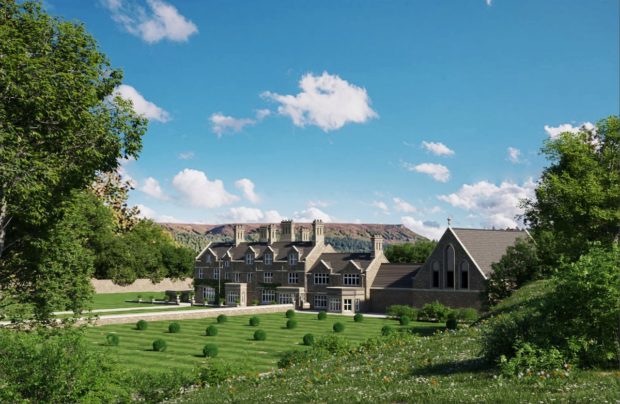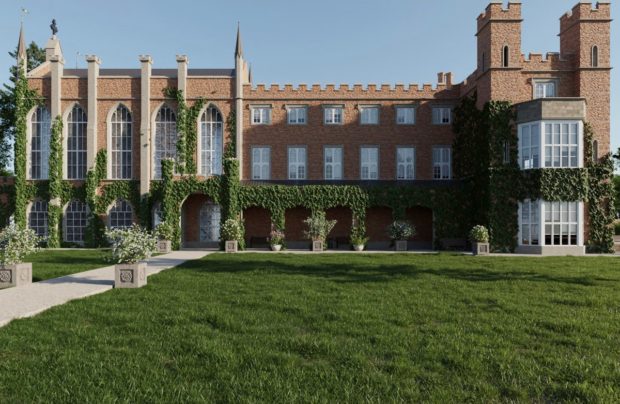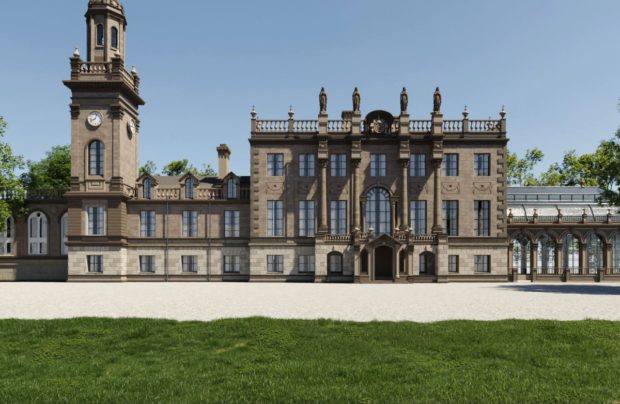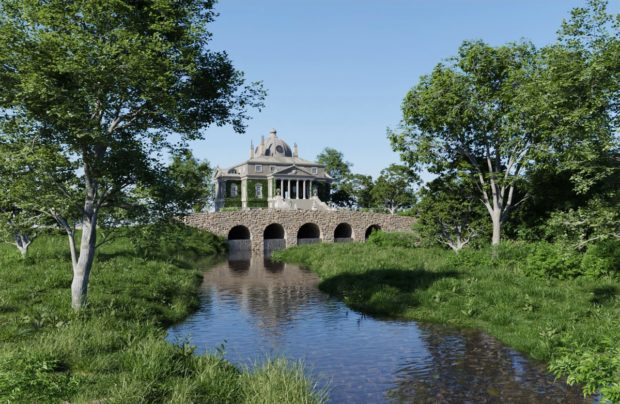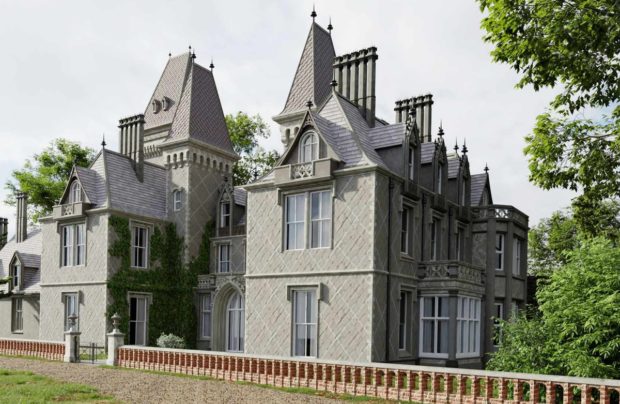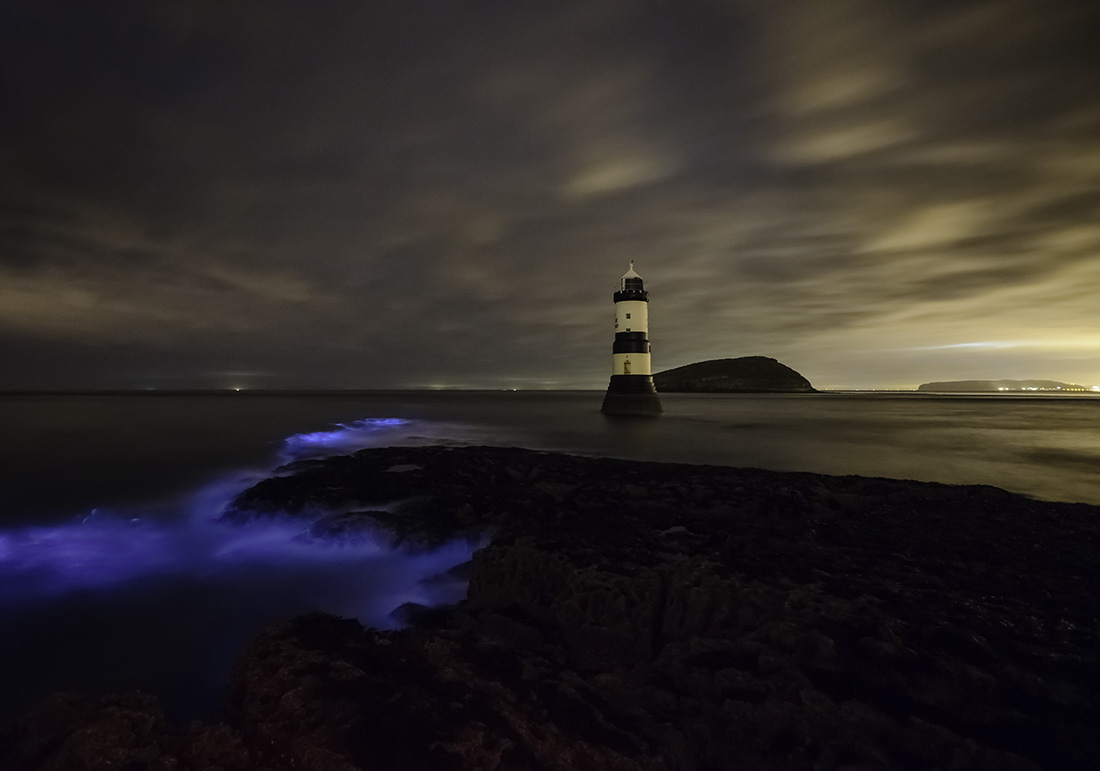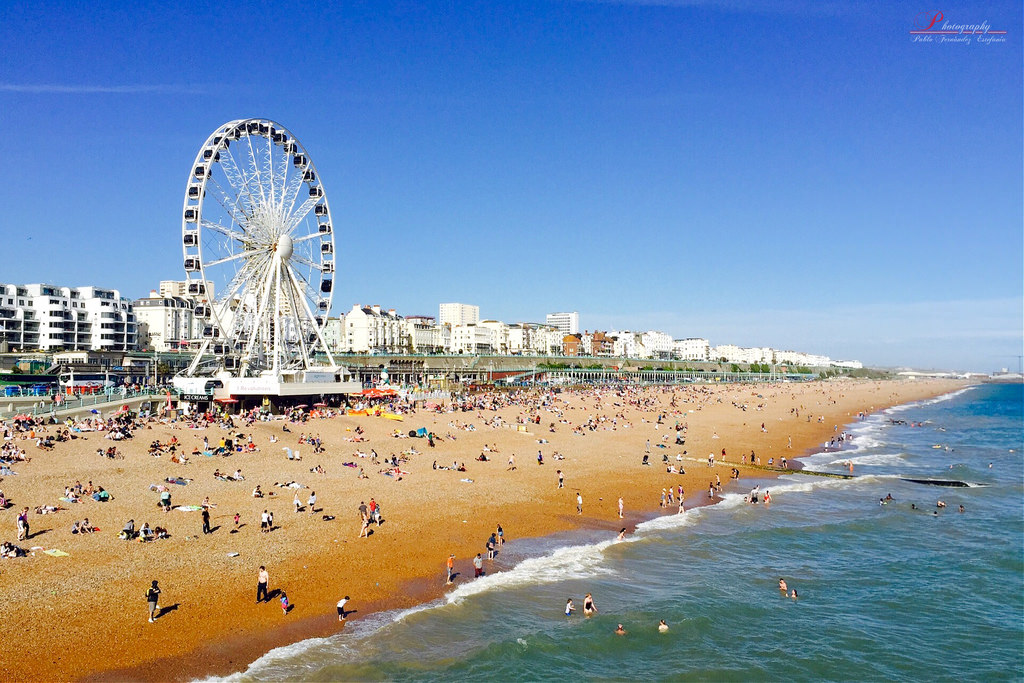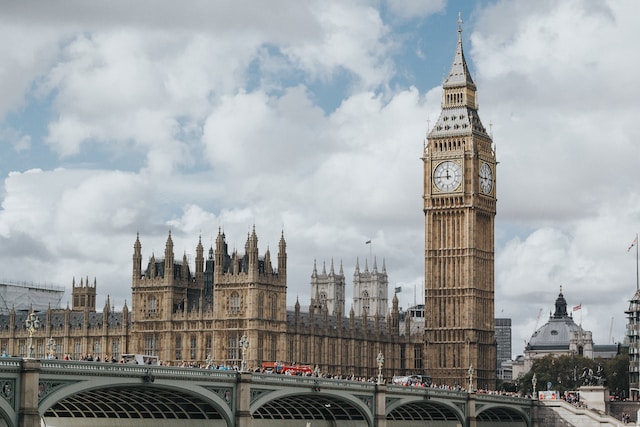Country homes offer the chance to get a glimpse of what life was like for both the upper classes and their servants a few hundred years ago, without having to watch Downton Abbey. Around England there are stately homes that have been restored and lovingly maintained so that visitors can take that trip down memory lane, but there’s also many that have been lost to time.
HouseholdQuotes.co.uk has brought those lost country homes back to life with digital recreations set alongside what they actually look like today.
Eridge Castle (Eridge Green, Sussex)
This has been the home of the Nevill family since the 15th Century, but sadly the original castle was demolished in the 1930s and replaced with a modern home. As you can see it looks very nice but also very different to the grand castle which even had a visit from Queen Elizabeth I in the 16th Century.
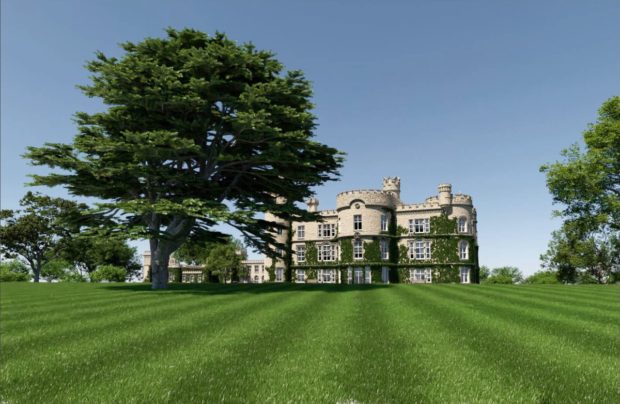
Derwent Hall (Derwent Valley, Derbyshire)
This hall was built in the 17th Century and was turned into a farmhouse and a school over its two centuries. However, it’s looking considerably more damp today, having been demolished in 1944, along with the rest of the village of Derwent to make way for the Ladybower Reservoir. So not a great country home to visit unless you have a wetsuit.
Whiteknights Park (Sonning, Berkshire)
Many of the lost country homes fell by the wayside because of financial mismanagement and that was certainly the case at Whiteknights Park. The Marquis of Blandford bought it in 1798 and spent all of his money throwing parties. By 1819 the money was gone and by 1840 so was the mansion. Today it’s part of the University of Reading. There may still be parties.
Cassiobury House (Watford, Hertfordshire)
Work on this home began in the 16th Century, though its original owner didn’t get to see how it turned out because he was sent into exile soon after. A few centuries later and the familiar tale of financial woes, long-term neglect and the need for the land to be used for something useful (tennis courts) meant that it was demolished.
Hooten Hall (Ellesmere Port, Cheshire)
Not many of these before and after images show that much progress has been made architecturally and this one certainly isn’t uplifting. Hooton Hall was a neo-classical, villa-style manor house built in the 19th Century and made even more grand not long after with the addition of a 100 foot clock tower and a racecourse, but none of that was enough to stop it being demolished and replaced by a car dealership.
Foots Cray Place (Foots Cray, Kent)
Foots Cray Place was mentioned in the Domesday Book and took many forms over the centuries, including being used as a Naval academy during the Second World War. However, while it survived the war, it burned down four years later in mysterious circumstances.
Addington Manor (Addington, Buckinghamshire)
Another country home that took on another purpose during the wars, Addington Manor was a French chateau-style home built in the mid-19th Century for the former Governor of the Bank of England. In the First World War it was a school, before becoming a guest house and hotel and then being demolished in 1928.
These homes were once amongst the finest in the land but now all that’s left are memories, car dealerships and reservoirs, so why not see what they looked like at their best?

